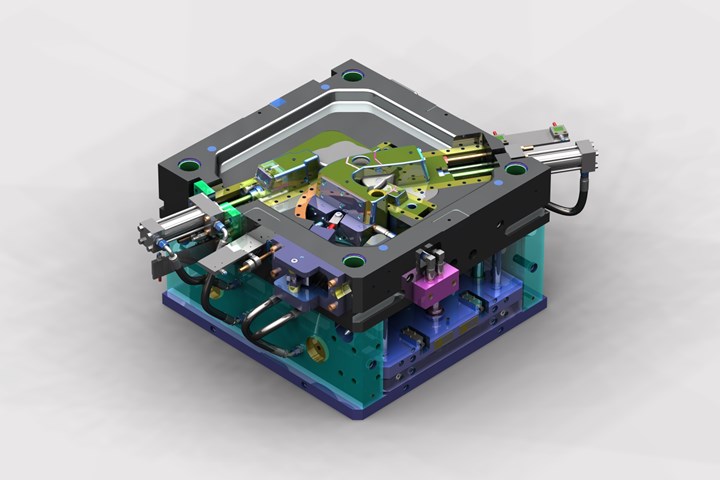
The vast majority of new product development involves designing and engineering molded components. However, often overlooked by those who are inexperienced are: the complexity of designing these parts for manufacturability (DFM), the engineering considerations and details needed within the machined tools to consistently make those molded parts, and the efforts to define the quality processes (QMS) necessary to maintain delivery of good parts – from product launch, to the end-of-life for the product.
At the heart of all these design and engineering efforts is steel – tooling steel, to be specific. The majority of molded components require steel molds, which are often referred to as “tools”. The design, and subsequent cost, for such tools depends on the business’ expectations for: total quantities of parts needed, material used within the molded part, allowances (or not) for dimensional deviations, and even for the time available to produce parts in the factory. In our experience, we have seen single tools (molds) cost from less than one thousand dollars (USD) to some approaching one million dollars!
It should therefore be no surprise to learn that most large companies that produce physical products have insurance policies specifically for their molds/tools – not only due to the expense of the tools, but primarily due to the criticality in maintaining a dependable supply chain. If a company loses access to their mold – for whatever reason – disruptions to their product deliveries could easily take in excess of six months to resolve.